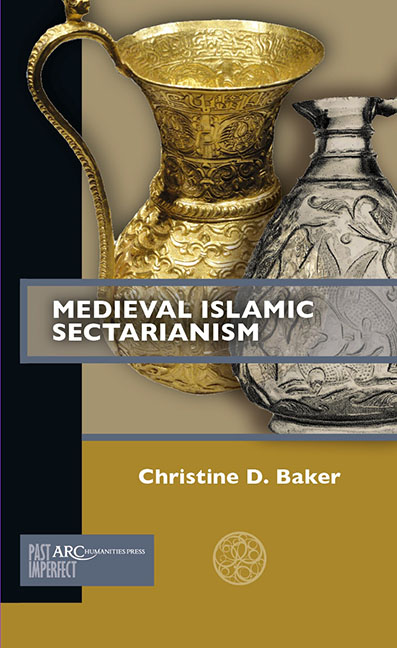Book contents
- Frontmatter
- Contents
- Acknowledgements and a Note on Transliteration
- Timeline
- Introduction
- Chapter 1 When did Sunnism Become Orthodox?
- Chapter 2 Non-Sunni Islams Before the Tenth Century
- Chapter 3 The Fatimids and Isma‘ili Shi‘ism in North Africa
- Chapter 4 The Buyids and Shiʿism in Baghdad
- Conclusion. Reactions to the Shiʿi Century
- Glossary of Key Terms
- Further Reading
Chapter 1 - When did Sunnism Become Orthodox?
Published online by Cambridge University Press: 20 November 2020
- Frontmatter
- Contents
- Acknowledgements and a Note on Transliteration
- Timeline
- Introduction
- Chapter 1 When did Sunnism Become Orthodox?
- Chapter 2 Non-Sunni Islams Before the Tenth Century
- Chapter 3 The Fatimids and Isma‘ili Shi‘ism in North Africa
- Chapter 4 The Buyids and Shiʿism in Baghdad
- Conclusion. Reactions to the Shiʿi Century
- Glossary of Key Terms
- Further Reading
Summary
Our understanding of contemporary sectarianism in the Middle East is based on a misunderstanding of the origins and development of Muslim sectarian identities. In part, the misperception that we can reduce modern conflicts between Sunnis and Shiʿis to the seventh century derives from how we tell the story of the Sunni–Shiʿi split. This narrative derives from the fact that modern Sunnis and Shiʿis do trace the origins of their communities back to a seventh-century disagreement over who should succeed the Prophet Muhammad, but that's not the end of the story of the development of Muslim sectarian identities.
In this chapter, we will discuss how our understanding of Sunni orthodoxy has changed over time. Scholars differ fairly significantly in how they date the emergence and dominance of Sunni orthodoxy. This difference derives from the types of sources that they use. Scholars who rely predominately on sources composed by religious scholars date the dominance of Sunni orthodoxy to the late eighth or ninth centuries. On the other hand, scholars who focus on the institutions that would have helped spread and police ideas of Sunni ortho-doxy argue that this process was not yet complete before the twelfth or thirteenth century. I tend to agree with the more institution-minded approach; while ideas of Sunni orthodoxy may have been established amongst religious scholars, we have little evidence that these ideas were important to a broader swath of society until institutions were in place that helped spread and enforce these ideas.
The word orthodoxy comes from the Greek roots ortho, meaning straight, and doxa, meaning doctrine. Thus, orthodoxy can be understood as the attempt to define what is the proper (or straight) doctrine for a particular faith. From a scholarly perspective (that is, not necessarily the perspective of believers), however, practitioners and followers of a faith construct notions of orthodoxy. While we may believe that religious texts came directly from God or prophets, people must still interpret those texts and apply them in their lives. Believers will always have questions about how to best practise their faith that are not directly answered in religious texts; thus, there is a need for interpretation. In many religions, one official form of a faith often comes to be portrayed as orthodox and all the rest depicted as heterodox (from the Greek heteros, meaning other, and doxa, meaning doctrine).
- Type
- Chapter
- Information
- Medieval Islamic Sectarianism , pp. 17 - 26Publisher: Amsterdam University PressPrint publication year: 2019



